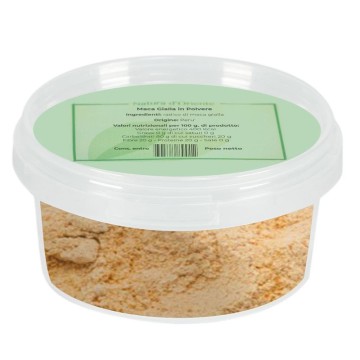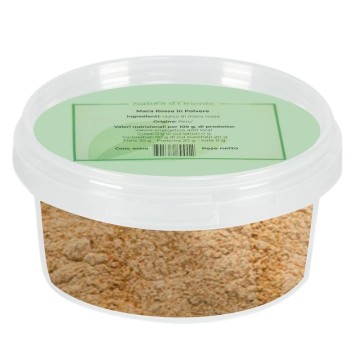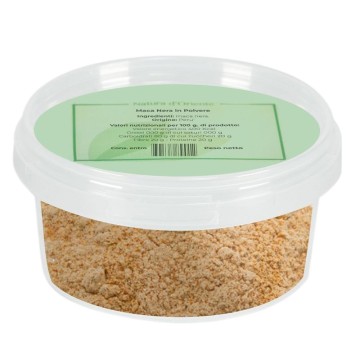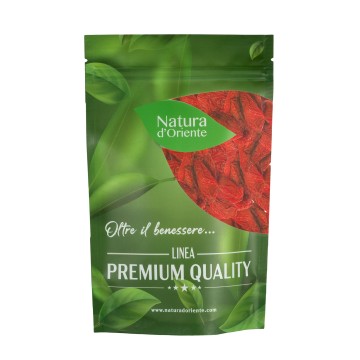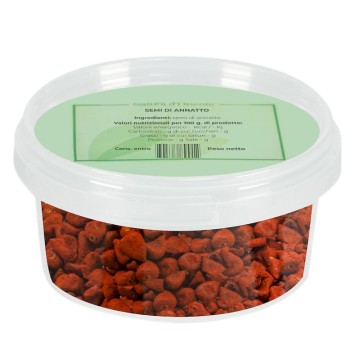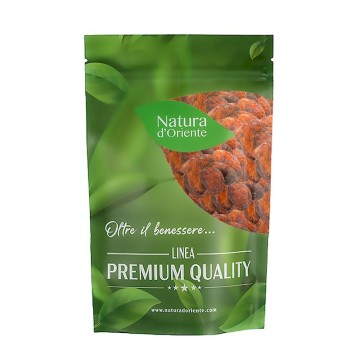This type of seaweed grows in fresh or salt water, and is famous for the various benefits it brings to human health. For several years it has been used as a powerful food supplement, rich in nutrients. Spirulina is considered the most nutritious and concentrated food of antioxidants, phytonutrients, probiotics and nutraceuticals. The spirulina powder version from organic cultivation is highly appreciated, since it keeps the properties of the alga intact.
Spirulina powder: properties and benefits
Spirulina is an ideal food to undertake a supportive and restorative action, through its nutritional properties. In particular, it represents an excellent source of protein, copper and B vitamins. It is suitable for those who practice sports, to increase energy and improve resistance to fatigue during physical performance. At the same time, it helps those who need to enhance concentration and intellectual performance. Counteracts both physical and mental fatigue by providing various nutrients required for effective brain function. It can also be taken by those who need support, such as the elderly and debilitated people, given that spirulina algae stimulates the immune system and exerts an antioxidant action against free radicals. We know that oxidative damage can damage cells and promote chronic inflammation, while spirulina is a source of antioxidants that counteracts them. Especially via the main active antioxidant component of the seaweed, phycocyanin. It promotes the production of hemoglobin in the blood, and for this reason it is considered a natural remedy for those who want to promote the presence of red blood cells. It is useful for colors that are in a state of weakness and fatigue, with iron deficiency. Several studies have focused for years on the possibilities for spirulina to regulate cholesterol levels and arterial hypertension in a beneficial way. The effect on blood pressure is believed to be due to the stimulation of nitric oxide levels, a molecule that helps blood vessels relax and dilate.
Frequently Asked Questions about Spirulina
Is spirulina a supplement?
No, spirulina is considered a real food, to be precise a "super" food. Contains the 8 essential amino acids, iron, B complex vitamins, beta carotene, antioxidants, chlorophyll and vegetable proteins (about 60%).
Can spirulina be useful for those who play sports?
The nutritional qualities of spirulina help repair muscle mass, supporting its development. Supports iron retention. Taken pre-workout, it can improve muscle strength and endurance, staving off the dreaded training cramps.
Can spirulina be used for weight loss?
Taken before meals it can be a good support in low-calorie diets. Helps contain the sense of hunger and control appetite. As already mentioned, it supports iron retention.
Can spirulina algae be used in case of thyroid problems?
Spirulina is a freshwater algae and, as such, does not contain iodine and does not present particular contraindications for those suffering from thyroid disorders. In any case, for those with hypothyroidism or hyperthyroidism, it is advisable to seek the advice of your doctor before starting to take spirulina algae.
Should you take spirulina every day?
Spirulina can be taken in doses of 1 to 10 grams, usually for up to 6 months. Consult a nutritionist if you want to follow a well-defined path of frequency, quantity and duration of intake.
Origins and History of Spirulina
This type of alga is actually made up of cyanobacteria. An organism formed by unicellular microbes, which in appearance is similar to the classic type of blue-green algae. This type of algae is the "bridge" that united bacteria and green plants millions of years ago. They are part of the family of unicellular microbes that represent one of the oldest life forms on Earth. The presence of Spirulina dates back to about 3.6 billion years ago, probably the first form of photosynthetic life that created our oxygen atmosphere; essential for the evolution of species. Spirulina is the algae that is currently cgrown for its maximum protein content, but it has been known since ancient times. As an alga it was known by some populations as it lives inside lakes in Mexico and Africa. The Aztecs already used it as a source of vegetable protein in food and as a natural medicine. This is where it was discovered in 1519 by the Spanish scientist Hernando Cortez. Spirulina was consumed at the tables of the Aztecs at Lake Texcoco, and it was later discovered that it also benefits animals. Soon the seaweed was better studied in order to be able to collect and work it. The first Spirulina processing plant was Sosa Texcoco, which appeared in 1969. In recent times it has been used by NASA (National Aeronautics and Space Association), which proposed it as a supplement for astronauts on space missions. Several researches have started since then, here is how spirulina triggers its major health benefits. Furthermore, it is seen as a resource to combat nutritional deficiencies in developing countries. According to UNESCO spirulina is the ideal food for the future. Many people appreciate spirulina as part of an algal diet, especially based on algae from organic farming.
Spirulina Algae
Spirulina is formed by a filamentous cyanobacterium, with a spiral shape. It belongs to the species Arthrospira(Arthrospira platensis). The two most important species of Spirulina are Spirulina maxima and Spirulina platensis. It develops and grows in water, from where it can be harvested and processed easily. It usually inhabits tropical and subtropical lakes which contain a high amount of salts and alkaline pH. It is considered an alga, i.e. a photosynthetic organism that converts the light energy of the sun into chemical energy through the process of photosynthesis. Algae cultivation can take place in open systems such as ponds, lakes or lagoons or in a closed system (closed photobioreactors).
Nutritional values of organic Spirulina powder
The seaweed is rich in nutrients, with a high content of macro and micronutrients, essential amino acids, high quality proteins, lipids, vitamins, minerals and antioxidants. It makes available copper, iron, discrete quantities of magnesium, potassium and manganese. It contains elements such as thiamine, riboflavin, niacin, as well as all the amino acids necessary for our body and bioactive compounds such as carotenoids, chlorophyll and xanthophylls. Phycocyanin is the antioxidant that gives spirulina its blue color.
How to use Spirulina powder
It is usually used in powder form for daily consumption, dissolved in liquids such as water, smoothies or fruit juices. Spirulina powder can also be added to yogurt or kefir. The recommended dosage is 6-10 grams per day. In addition, spirulina is used in various doses in food recipes, from baked goods to beverages, snacks and desserts such as puddings and cakes. The flavor of spirulina is earthy and herbaceous, which is why it is usually mixed with liquids or other foods.
Spirulina powder: side effects and contraindications
It is necessary not to exceed the doses or take the seaweed for too long periods. Excessive intake can cause laxative effects, gastrointestinal disturbances, nausea. Spirulina is not recommended for children, pregnant or breastfeeding women, people on treatment related to autoimmune diseases or diabetes. Caution is advised for those using drugs that affect blood clotting.
![]()

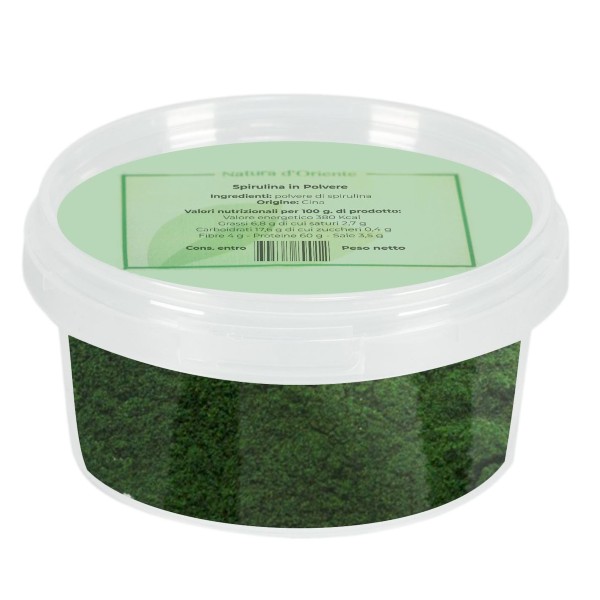











 No reward points for this product.
No reward points for this product.
